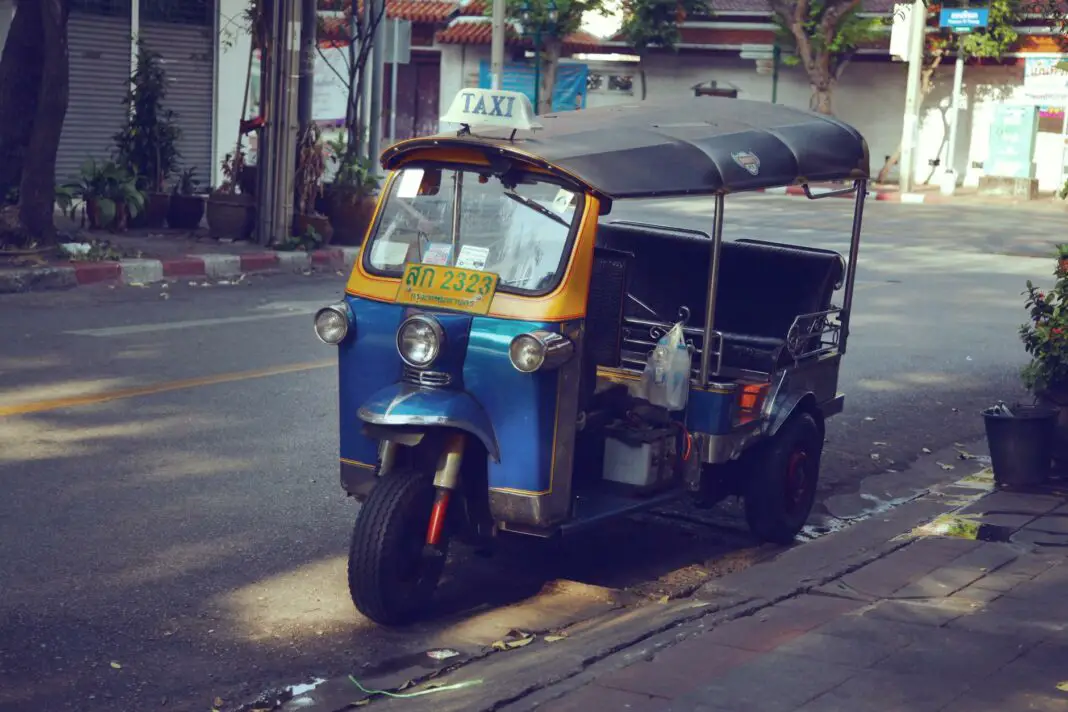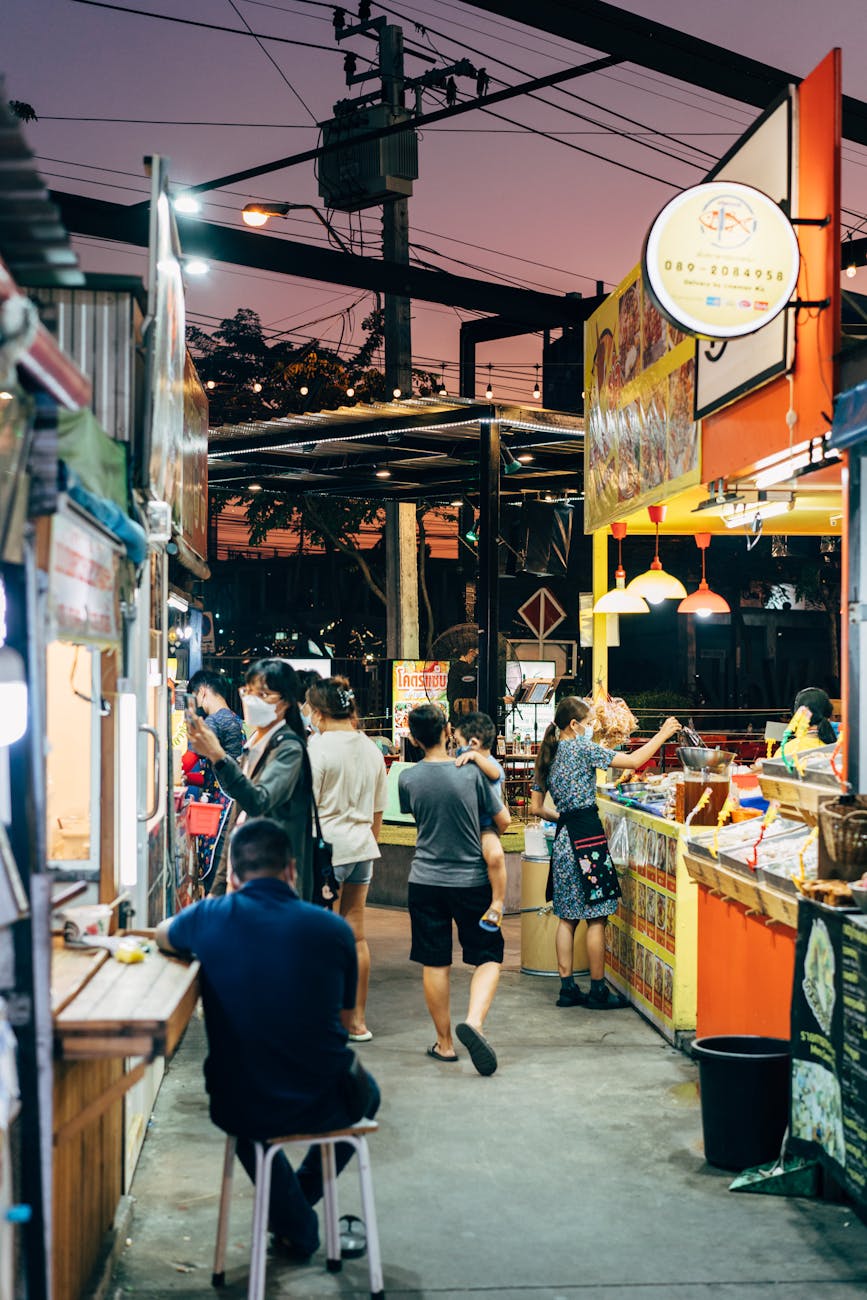Exploring Thailand offers an extraordinary journey filled with breathtaking landscapes, delicious food, and vibrant cultures. One of the most fascinating aspects of this Southeast Asian gem lies in its diverse linguistic landscape, particularly the various Thai dialects. For travelers and locals alike, understanding these dialects not only enriches the experience but also unveils unexpected cultural treasures. In this blog post, we delve into the nuances of Thai dialects and unveil which ones are bound to surprise you the most during your sojourn in Thailand.
Whether you are a seasoned traveler or planning your first trip to Thailand, getting acquainted with the local dialects can significantly enhance your interaction with locals. It opens doors to deeper conversations, showcases your respect for their culture, and creates memorable connections. Join us as we embark on an enlightening exploration of Thailand’s dialects, discover the most surprising ones, and uncover how they can transform your travel experience in this enchanting country.
Table of Contents
- Understanding Thai Dialects
- Central Thai: The Standard Dialect
- Northern Thai: Lan Na
- Northeastern Thai: Isan
- Southern Thai: A Unique Flavor
- Which Thai Dialect Will Surprise You the Most
- Actionable Insights for Travelers
- Embrace Thai Culture on Your Journey
- FAQs
Understanding Thai Dialects
Thailand boasts a stunning tapestry of dialects that reflect its rich history and diverse regions. Each area has its unique way of speaking, shaped by cultural influences, geographical distinction, and historical events. The most recognized dialect is Central Thai, often used in official communication and media. However, delving into the dialects of the North, Northeast, and South reveals the profound cultural nuances that thrive off the beaten path. This linguistic diversity not only challenges conventional thinking about language in Thailand but also enhances the travel experience, making it more vibrant and meaningful. Understanding these dialectal differences can turn your visit from a mere sightseeing endeavor into an enriching cultural immersion, helping you build connections that transcend language barriers.
This blog post will take a closer look at each of these dialects, exploring their unique characteristics and cultural significance. From the soothing tones of Northern Thai to the rhythmic cadence of Southern Thai, each dialect has its charm, waiting to be discovered. It’s an opportunity for adventure and learning that adds depth to your travels, ensuring your experience in Thailand is both educational and enjoyable.
Central Thai: The Standard Dialect
Central Thai, also known as Bangkok Thai, is the official language of Thailand and serves as the primary means of communication in government and media. This dialect acts as a unifying thread among the diverse Thai people, making it invaluable for travelers seeking to navigate the linguistic landscape of the country. One noteworthy aspect of Central Thai is its tonal nature, which means that the meaning of a word can change based on the tone used. This feature can be surprisingly challenging but ultimately rewarding, offering travelers an opportunity to engage more profoundly with locals. Central Thai distinctively features five tones: mid, low, falling, high, and rising.
Additionally, the cultural expressions embedded in Central Thai showcase the nation’s artistic spirit, influencing everything from music to theater. Learning some basic phrases in Central Thai not only enhances your interactions but also demonstrates your respect for the local culture. For example, simple greetings or expressions of gratitude can go a long way in forging connections with the welcoming Thai people. As you explore bustling markets, serene temples, and vibrant street food scenes, you will find that speaking even a few words in Central Thai opens up a world of enriched experiences.
Northern Thai: Lan Na
The Northern Thai dialect, often referred to as Lan Na, is a delightful linguistic gem characterized by its melodic tone and unique vocabulary. This dialect stems from the Lanna Kingdom, which thrived in Northern Thailand centuries ago, and it retains some influences from the era. Travelers may find that Northern Thai is significantly different from Central Thai due to its distinct pronunciation, vocabulary, and some grammatical variances. This divergence is not just linguistic; it also symbolizes the deep cultural heritage of the region.
In towns like Chiang Mai and Pai, hearing locals communicate in Northern Thai can be enchanting. The dialect is dotted with rich idiomatic expressions that reflect the local culture and traditions. A marvelous aspect of Northern Thai is how it connects to the region’s history; for instance, many words are rooted in the local customs and practices, revealing an intricate relationship with the land. Engaging with locals in their dialect can lead to genuine conversations and insights into Northern Thai traditions, enhancing your travel experience immeasurably.
Northeastern Thai: Isan
Isan, the dialect spoken in Thailand’s northeastern region, is distinct yet deeply connected to Laotian culture due to historical ties. Characteristically, this dialect is not only a means of communication but also a vessel of the region’s folklore, traditions, and daily life. The Isan dialect features unique pronunciations and vocabulary that can astonish those familiar with Central Thai. It is known for its rich use of proverbs and metaphors, providing an interesting lens into the values and experiences of the Isan people.
Traveling through the Isan region, visitors may notice that this dialect often incorporates simplicity in its expressions, invoking a sense of warmth and familiarity among speakers. Engaging with Isan through its dialect not only enriches your travel experience but also fosters authentic connections with the local community. For instance, learning simple greetings or phrases can spark beautiful exchanges over traditional meals like som tam or larb, enhancing your culinary adventures abundantly. Delving into Isan opens a window to understanding the regional customs, spicy cuisine, and vibrant festivals, creating a truly unforgettable journey.
Southern Thai: A Unique Flavor
Southern Thai dialect stands out with its unique cadence and expressive intonations, often perceived as the most musical among Thai dialects. In regions like Krabi and Phuket, Southern Thai boasts a distinct linguistic flair that can surprise even seasoned travelers. This dialect is tinged with a blend of Malay influences, reflecting the cultural heritage of the southern border regions. It is characterized by particular vocabulary influenced by the area’s fishery traditions, making it colorful and vibrant.
The warm-hearted locals, with their distinctive way of speaking Southern Thai, can create a compelling and friendly atmosphere in all your interactions. Perhaps the most compelling feature of Southern Thai is how it expresses emotion and storytelling, often through proverbs and local lore. As you explore the stunning beaches and lush landscapes of Southern Thailand, engaging with locals in their dialect allows you to uncover hidden stories, traditions, and practices that enrich your travel experience. This dialect adds a unique layer to any adventure, heightening the sense of connection to the region’s past and present.
Which Thai Dialect Will Surprise You the Most
While each Thai dialect has its own surprises, many travelers find Isan to be particularly unexpected. This dialect, with its linguistic ties to Laotian and unique vocabulary, opens a new dimension of communication and connection. Travelers often overlook the cultural richness of Isan, assuming they will only encounter Central Thai in their travels. However, immersing yourself in Isan reveals not only a different way of speaking but also a warm, welcoming culture that embraces visitors with open arms. As you journey through this vibrant region, engaging with locals in their dialect can lead to heartfelt exchanges full of local stories and shared experiences.
This dialect can serve as a bridge to understanding the daily lives, struggles, and joys of the Isan people. By simply attempting to speak Isan, even if imperfectly, you emphasize your respect for their culture and foster deeper connections. Many travelers leave this region with not only fond memories but also newfound friendships that stem from the linguistic surprises encountered during their stay. This unexpected enrichment adds an exciting layer to your Thailand experience, proving that understanding local dialects can deeply impact your interactions and insights.
Actionable Insights for Travelers
To maximize your travel experience in Thailand and immerse yourself in the local dialects, start with the basics of Central Thai. Learning a few key phrases can enhance your conversations and leave a lasting impression. Here are some essential phrases to get you started: Hello – sawasdee (สวัสดี), Thank you – khob khun (ขอบคุณ), and Yes/No – chai/mai (ใช่/ไม่). Before your journey, consider downloading a language translation app that features speech recognition to help you understand pronunciations better.
Engage with locals by visiting local markets, participating in cultural events, or joining cooking classes. This provides opportunities to practice your language skills and learn more about the intricate cultural tapestry of Thailand. Before approaching, greet with a smile; it goes a long way in fostering goodwill. Observing the locals and their linguistic nuances can also enhance your understanding and appreciation of each dialect, leading to enriching conversations that may surprise you. This hands-on approach can unravel insights into regional cultures, traditions, and flavors, ensuring you leave with cherished memories and newfound knowledge.
Embrace Thai Culture on Your Journey
To truly appreciate Thailand and its diversity, consider immersing yourself in the various cultural experiences available. Attend local festivals, explore traditional markets, and try your hand at local crafts. Engaging with the people through their dialects is an exhilarating adventure that enhances your understanding of their way of life. Each interaction offers a glimpse into the vibrant storytelling tradition of Thailand, connecting you with its rich history and culture.
Moreover, establishing a connection through language can inspire greater curiosity and appreciation for Thailand’s cultural fabric. Enjoy trying new dishes, participating in traditional dances, or learning about local customs. Not only does this deepen your travel experience, but it creates memorable moments that will resonate long after you leave. Embracing the local culture and learning the dialects fosters an environment of unity and understanding, allowing you to discover the soul of Thailand.
Final Thoughts: Transform Your Thailand Experience
As you prepare for your journey to Thailand, remember that diving deep into regional dialects offers a chance to engage meaningfully with the culture and its people. The various Thai dialects – Central, Northern, Northeastern, and Southern – each hold unique surprises that will undoubtedly enrich your travel story. By making an effort to learn even a few words, you demonstrate respect and curiosity, which fosters unforgettable connections and experiences.
Ultimately, embracing these dialects is about more than just communication; it’s about weaving a richer tapestry of memories into your Thailand adventure. Discovering which dialect resonates with you the most can lead to profound reflections, unexpected friendships, and an appreciation for the diverse culture that surrounds you. Prepare to be surprised, delighted, and inspired as you embark on this incredible journey.
FAQs
- What is the most widely spoken Thai dialect? The Central Thai dialect is the most widely spoken and used in formal communication.
- How do dialects influence Thai culture? Dialects reflect the rich history, traditions, and cultural expressions of different regions.
- Can I get by speaking only Central Thai? While Central Thai is widely understood, knowing a few phrases from regional dialects can enhance interactions and local experiences.
- Are there many differences between Northern and Southern Thai? Yes, they differ significantly in terms of pronunciation, vocabulary, and regional customs.
- What resources are there for learning Thai dialects before my trip? Language apps, online courses, and local language exchanges are excellent resources to help you learn.
Image Credit: Pexels





